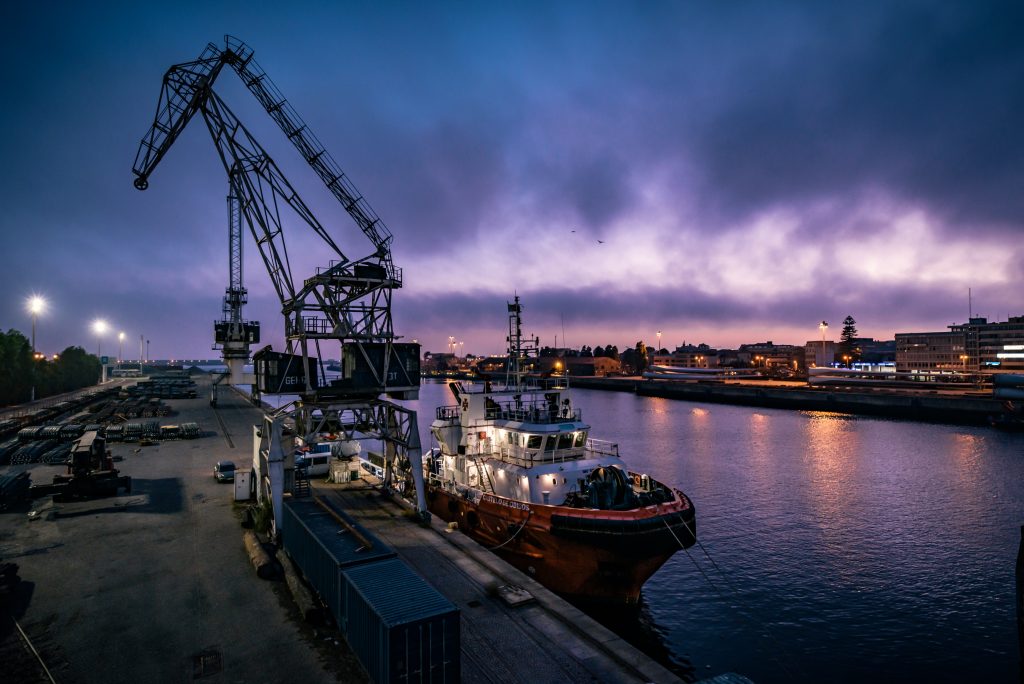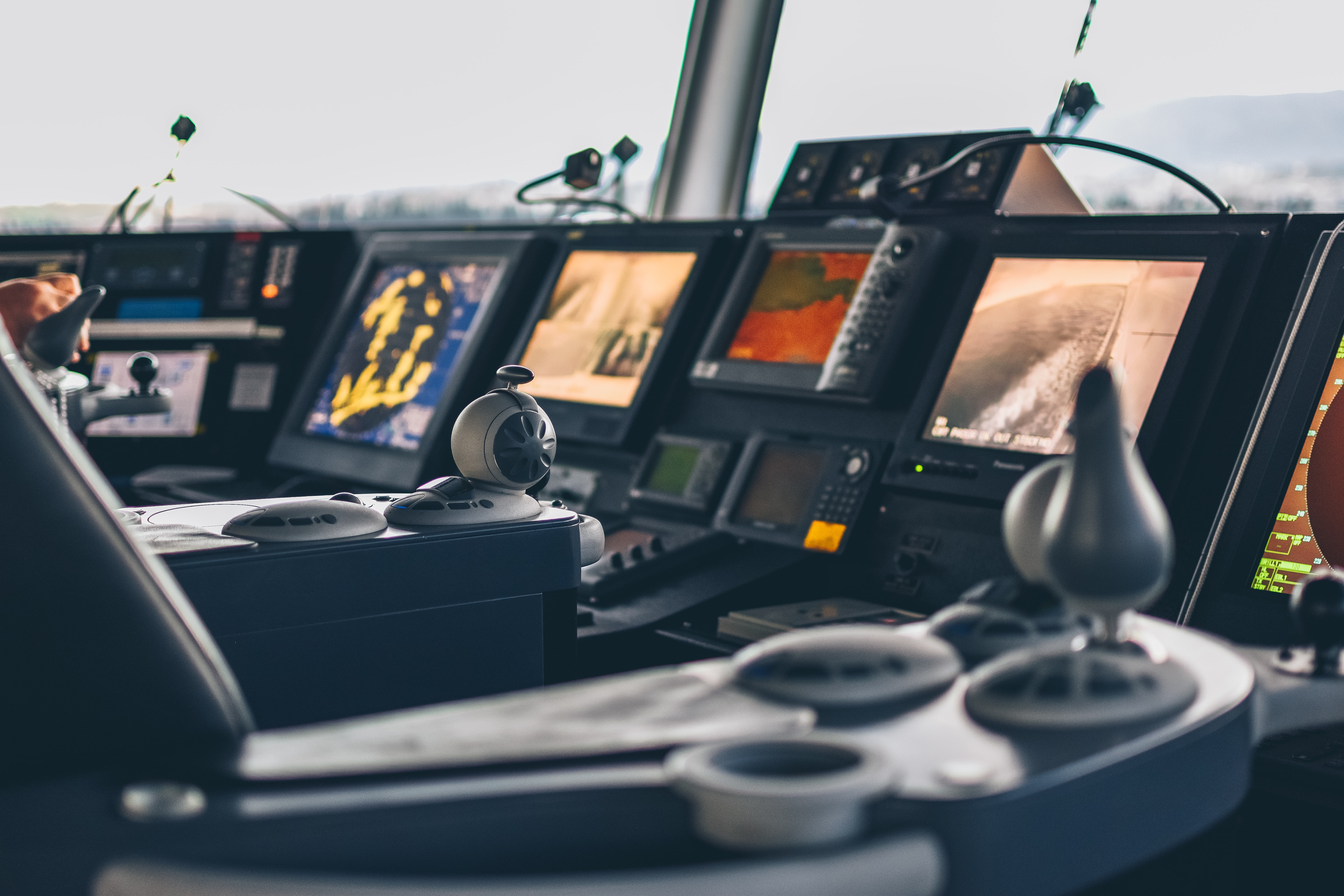As one of the biggest contributors of greenhouse gases — contributing around 2.2% of global annual CO₂ emissions — the international shipping industry must make immediate and significant changes to help save the environment.
In 2018, the UN International Maritime Organization set a goal to cut the maritime shipping industry’s greenhouse gas emissions by at least half by 2050. Through decarbonization — the reduction of carbon — marine shipping companies are tasked with lowering CO₂ emissions as much as possible.
Last year, the pandemic’s disruption to maritime transportation brought this goal within closer reach. But, as normal trade resumes, the shipping industry must make a conscious effort to meet new targets drafted by the Marine Environment Protection Committee at the end of 2020. The MEPC is committed to trying to help cut maritime shipping carbon emissions by 40% – as compared to 2008 levels – by 2030.
This year, we expect numerous regulatory bodies to join the MEPC in a renewed focus on reducing carbon emissions and carbon intensity caused by all ocean freight carriers. The EU, for instance, is considering implementing a regional Emissions Trading System (ETS), which would enforce more rigorous standards than the MEPC goals. Maritime shipping and logistics companies must prepare to take climate change policies seriously — and here are some ways to get started.
Progress toward decarbonization goals
In early 2020, progress toward the IMO GHG Strategy had stagnated. As one research paper from the University of Cagliari explained, “Though the direction of the Strategy is clear, the path to implementation remains uncertain. The ambitious IMO’s target calls for widespread uptake of lower and zero-carbon fuels, in addition to other energy efficiency measures, including operational and market ones.”
Then, the pandemic disrupted business as usual for ocean freight logistics companies around the world. In April, daily global carbon emissions dropped by 17% in part due to the global slowdown in shipping, transportation, and logistics. COVID-19 proved to be a double-edged sword for decarbonization efforts. On one hand, carbon emissions dropped during lockdown periods. On the other hand, the marine shipping industry was unable to work to achieve technological changes that would have a sustainable, long-term impact on lowering carbon emissions.
5 ways to implement the IMO GHG Strategy
One good thing to come from 2020 was a deeper examination into feasible ways the maritime shipping industry could implement decarbonization measures to reduce carbon intensity. There are, luckily, plenty of steps ocean freight logistics companies can work toward the IMO 50% target in ways that satisfy both policymakers and shareholders.
These steps are grouped into four categories:
- Technological measures: For instance, change the fuel quality by using low-sulfur fuel oil; switch to alternative fuel options; invest in cleaning equipment; reassess ship design (for things like hull optimization, or the use of kites to save fuel).
- Operational measures (fleet-related): Things like speed management, route planning, and voyage optimization to maximize safety and fuel efficiency.
- Market-based measures: Economic mechanisms such as taxes, incentives, and green shipping credits.
- Management measures and “Decision Support Models”: This includes things like network design, fleet deployment, berth allocation, scheduling optimization, and vessel routing.

It’s worthwhile to note that these measures vary in feasibility. Some technological steps, for instance, are more advanced, require testing, and are not ready for widespread implementation. Others are more easily-scalable and ready for immediate adoption (more on these in a minute).
Where does this leave the shipping industry? At the end of 2020 and in response to MEPC’s proposed 40% cut, ocean freight companies asked for higher investment in research and development.
“Coordinated to the launch of the MPC 75 sessions discussing the efforts to lower carbon emissions, eight of the leading shipping organizations called on the IMO to back a proposed $5 billion R&D program to accelerate the decarbonization of the maritime industry,” reported The Maritime Executive. “The proposal builds on the previous $2 per tonne charge on bunker fuel sales that the International Chamber of Shipping and others have been advocating for as a means to focus the industry’s efforts.”
The shipping industry does seem to recognize the need for new innovation to reach decarbonization goals; and, hopefully, the sector can also realize the immediate, short-term steps that can be taken in 2021 toward lowering GHG emissions.
Steps to decarbonization in 2021
While many shipping companies are thinking long-term, there are immediate changes that will directly impact CO₂ emissions and reduce carbon intensity.
The first: better route planning. Advanced technology now allows ocean freight logistics companies to predict weather and wave conditions with high accuracy, giving vessels the most energy-efficient route. “The practice of voyage optimization is very cost-effective as it allows shipping companies to reduce both their costs and their carbon footprint simply bypassing routes in which the ship may not run as efficiently, due to bad weather conditions,” said researchers.
Wayfinder by Sofar Ocean is one example of how technology can help lower GHG emissions. The Wayfinder platform uses the largest open-ocean network of weather sensors to collect and feed information into a global weather model, producing wave and swell forecasts that are 20% – 50% more accurate than NOAA and ECMWF.
The Wayfinder platform optimizes a vessel’s entire voyage by evaluating not only weather forecasts, but also business metrics such as market impact, contract terms, and strategic initiatives (e.g. time charter index, demurrage, bunker prices, CO₂ targets). Innovations like the Wayfinder both protect an ocean logistics company’s business interests and help meet the goals of the IMO GHG Strategy.
Along with voyage optimization, renewable energy represents another growing area that maritime companies can start to explore in the short-term. The use of kites is a promising and immediate solution.
Kites have been shown to be both more powerful than a traditional sail AND more powerful than a traditional wind turbine, according to CNBC. Kites increase propulsion efficiency, thereby reducing a vessel’s fuel consumption and corresponding GHG emissions. It’s also a very low-cost solution: a win-win for the shipping industry.
Lastly, the EU is already indicating interest in market-based incentives to encourage decarbonization. Market-based incentives could be things like tax credits, low-interest loans for environmental interventions, or subsidies. The EU’s regional Emissions Trading System (ETS) is an example of a market-based measure.
As one of the biggest contributors of greenhouse gases — contributing around 2.2% of global annual CO₂ emissions — the international shipping industry must make immediate and significant changes to help save the environment. Starting with route planning and optimization, the maritime shipping industry must take important steps in 2021 to meet the big goals established by the MEPC and IMO.
LegalReader thanks our friends at Sofar Ocean for permission to republish this piece. The original is found here.


Join the conversation!